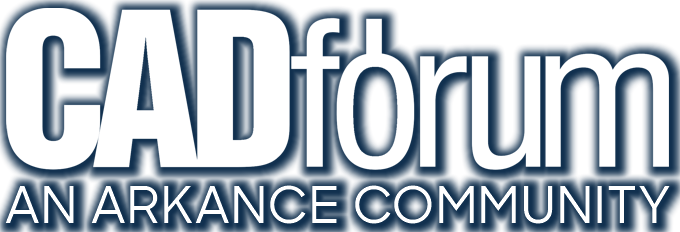 Discussion forum
Discussion forum
?CAD discussions, advices, exchange of experience
 CAD discussion forum - ask any CAD-related questions here, share your CAD knowledge on AutoCAD, Inventor, Revit and other Autodesk software with your peers from all over the world. To start a new topic, choose an appropriate forum.
CAD discussion forum - ask any CAD-related questions here, share your CAD knowledge on AutoCAD, Inventor, Revit and other Autodesk software with your peers from all over the world. To start a new topic, choose an appropriate forum.
Please abide by the rules of this forum.
|
Post Reply 
|
| Author | |
AliveInTheLab 
RSS robots 
Joined: 20.Nov.2009 Status: Offline Points: 425 |
 Topic: Book Review from POV: Consumption Economics by J.B. Wood, Todd Hewin, Topic: Book Review from POV: Consumption Economics by J.B. Wood, Todd Hewin, Posted: 22.Jan.2013 at 04:00 |
|
Reviewed by Jon Pittman
Think about how packaged software companies (like Autodesk, Adobe, Microsoft, or Intuit) or enterprise software companies (like SAP or Oracle) deliver capability to customers and are compensated for doing so. In both cases, the companies deliver a large load of software, and the customers pay up front, whether they need all of that capability or not. It is reminiscent of the making of foie gras. Customers are force-fed a bunch of capability, and it is then up to them to digest it. In the meantime, the software companies take payment and don't really have a big stake in customer success. All of that is about to change with the cloud, which is why this book review is about Consumption Economics, a new book that articulately describes this kind of profound change in the relationship between customers and companies. One big impact of the cloud is to change software delivery and business models to more closely match customer consumption needs. In contrast to the current (foie gras) model, in a term-based model enabled by the cloud, customers can get exactly what they need and then purchase more capability as their needs grow. This inverts the previous economic relationship. Software companies get less compensation up front and get more only as their customers are successful in adopting and using the technology. One consequence of this change is that, in this new model, customer support and customer experience -- two "nice-to-haves" in the foie gras model -- now become imperatives for driving revenue. In other words, software companies will now be successful only to the degree that their customers are successful -- which is as it should be. Consumption Economics describes these changes.
It articulates the impact of such changes on software companies -- changes in financial models, use of customer data, marketing, sales, development, support, services, and more. The authors -- who are affiliated with an industry organization called TSIA -- describe a model of the software business of the future. One author, Todd Hewlin, is a consultant with TCG advisors, a company that has worked with Autodesk. The power of this book is that it provides an overall point of view and a detailed model of how the cloud is changing business models and -- as a consequence -- entire companies. One might argue with some of their conclusions but that, in and of itself, is actually another positive aspect of the book: it spurs thought and discussion about the organizational and business implications of moving to the cloud. Some of the potential downsides of the book are, first of all, that it comes mostly from an enterprise software perspective and secondly -- given its connection with TSIA -- it is a bit suspect as a marketing piece. Nevertheless, it is worth reading for Autodesk leaders because it will inspire thought-provoking discussions about how we will need to respond to the opportunity presented by the cloud. Thanks Jon. Thinking about business models is alive in the lab. Go to the original post... |
|
|
It's Alive in ihe Lab - Autodesk Labs blog by Scott Sheppard
|
|
 |
|
Post Reply 
|
|
|
Tweet
|
| Forum Jump | Forum Permissions  You cannot post new topics in this forum You cannot reply to topics in this forum You cannot delete your posts in this forum You cannot edit your posts in this forum You cannot create polls in this forum You cannot vote in polls in this forum |
This page was generated in 0,102 seconds.
![CAD Forum - tips, tricks, discussion and utilities for AutoCAD, Inventor, Revit and other Autodesk products [www.cadforum.cz] CAD Forum - tips, tricks, discussion and utilities for AutoCAD, Inventor, Revit and other Autodesk products [www.cadforum.cz]](/common/arkance_186.png)









 Book Review from POV: Consumption Economics by J.B. Wood, Todd Hewin,
Book Review from POV: Consumption Economics by J.B. Wood, Todd Hewin,  Topic Options
Topic Options



